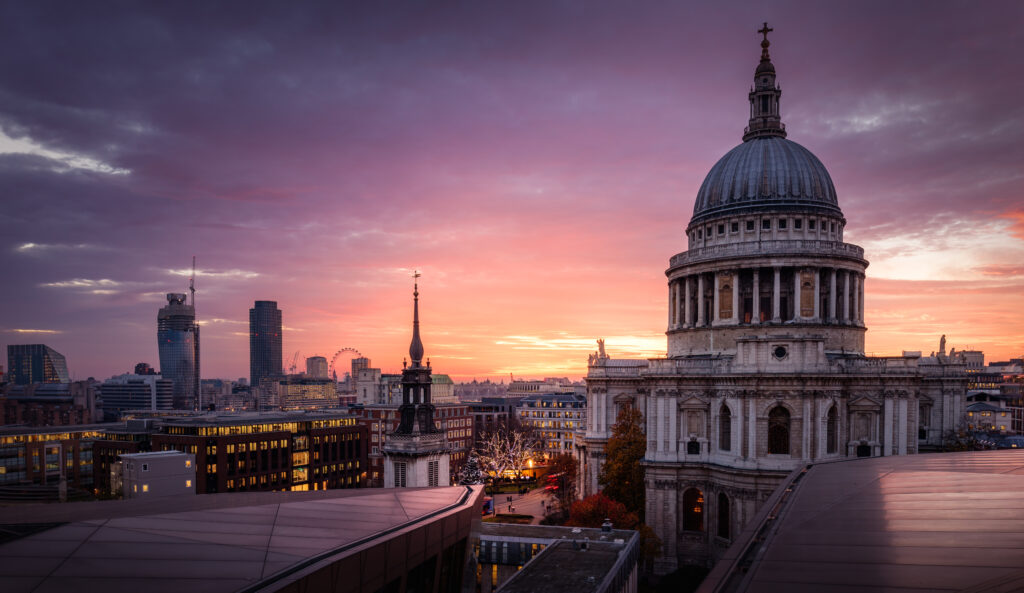Royal weddings have always captivated global audiences, combining grandeur with intimate love stories. These spectacular events are more than mere ceremonies; they reflect centuries of tradition, cultural significance, and often mark historic moments.
One dramatic royal wedding that seized the world’s attention was Prince Charles and Lady Diana Spencer’s union. Watched by millions, their wedding showcased opulence and fairytale romance. Another unforgettable wedding was that of Prince William and Kate Middleton, which brought modernity into royal tradition.
Each wedding, from Grace Kelly’s elegant Monaco ceremony to Meghan Markle’s groundbreaking entrance into the British Royal Family, offers unique elements that fascinate and inspire. These events allow the public a rare glimpse into royal customs and personal lives.
Iconic Nuptials: A Historic Overview

This section provides an insightful glimpse into three monumental royal weddings that captured global attention. Each union showcased opulent ceremonies, unparalleled elegance, and significant cultural moments.
Grace Kelly and Prince Rainier III of Monaco
Grace Kelly, the celebrated Hollywood actress, married Prince Rainier III of Monaco in 1956. The wedding was an extravagant affair, marked by luxury and splendour. Grace’s wedding dress, designed by Helen Rose, featured over 400 yards of fabric and remains iconic in bridal fashion.
The ceremony united Hollywood glamour with European royalty. It significantly boosted Monaco’s international profile. Grace Kelly’s transformation into Princess Grace captivated millions worldwide and left a lasting impression on royal wedding traditions.
Diana Spencer and Prince Charles
In 1981, Diana Spencer and Prince Charles’ wedding became one of the most watched events in television history. Diana’s gown, designed by David and Elizabeth Emanuel, featured a 25-foot train and an abundance of lace and pearls. The grandeur of St. Paul’s Cathedral set a majestic backdrop for their vows.
Diana’s entrance and demeanour struck a chord, cementing her role as the “People’s Princess”. The cultural impact of their wedding persists, influencing public perception of the British royal family for decades.
Queen Elizabeth II and Prince Philip
Queen Elizabeth II married Prince Philip in 1947 at Westminster Abbey. Emerging from the wartime years, the wedding symbolised hope and renewal for the country. Elizabeth’s dress, designed by Norman Hartnell, used fabric purchased with ration coupons, embodying post-war recovery.
The ceremony was one of the first royal events to be broadcast on radio, reaching millions around the globe. Their union represented stability and continuity for the British monarchy. Queen Elizabeth II and Prince Philip’s marriage lasted over 70 years, marking one of the longest royal alliances in history.
Global Impact and Media Frenzy
Royal weddings not only unite two individuals but also capture worldwide attention. These events set new benchmarks for media engagement and influence global fashion trends.
Broadcast Revolution and Viewership Records
Royal weddings have historically revolutionised broadcast media. The first major televised royal wedding was that of Princess Margaret and Antony Armstrong-Jones in 1960.
This event marked the beginning of a new era in broadcast history.
Prince Charles and Lady Diana Spencer’s wedding in 1981 saw over 750 million viewers tuning in worldwide. The global viewership record was once again broken during Prince William and Catherine Middleton’s wedding in 2011, with approximately 2 billion people watching.
Live streaming and social media further amplified the reach. Platforms like YouTube and Twitter experienced massive spikes in activity, reflecting widespread public interest. The ability to stream live enabled viewers from different time zones to join in the celebrations in real-time.
Fashion and Cultural Influence
Royal weddings often set new fashion trends that resonate globally for years. Princess Diana’s iconic wedding gown, with its voluminous sleeves and 25-foot train, influenced bridal fashion in the 1980s.
Catherine Middleton’s lace, long-sleeve gown designed by Sarah Burton for Alexander McQueen sparked a resurgence in traditional bridal wear.
These events also impact cultural practices. For example, the choice of flowers, music, and even the reading of vows have been emulated in many subsequent weddings. These royal events blend timeless traditions with contemporary fashion, influencing not just future royal ceremonies, but everyday weddings as well.
Additionally, designer brands and local craftspeople gain significant visibility. The global exposure often leads to increased sales and brand recognition for designers involved, affecting the fashion industry at large.
